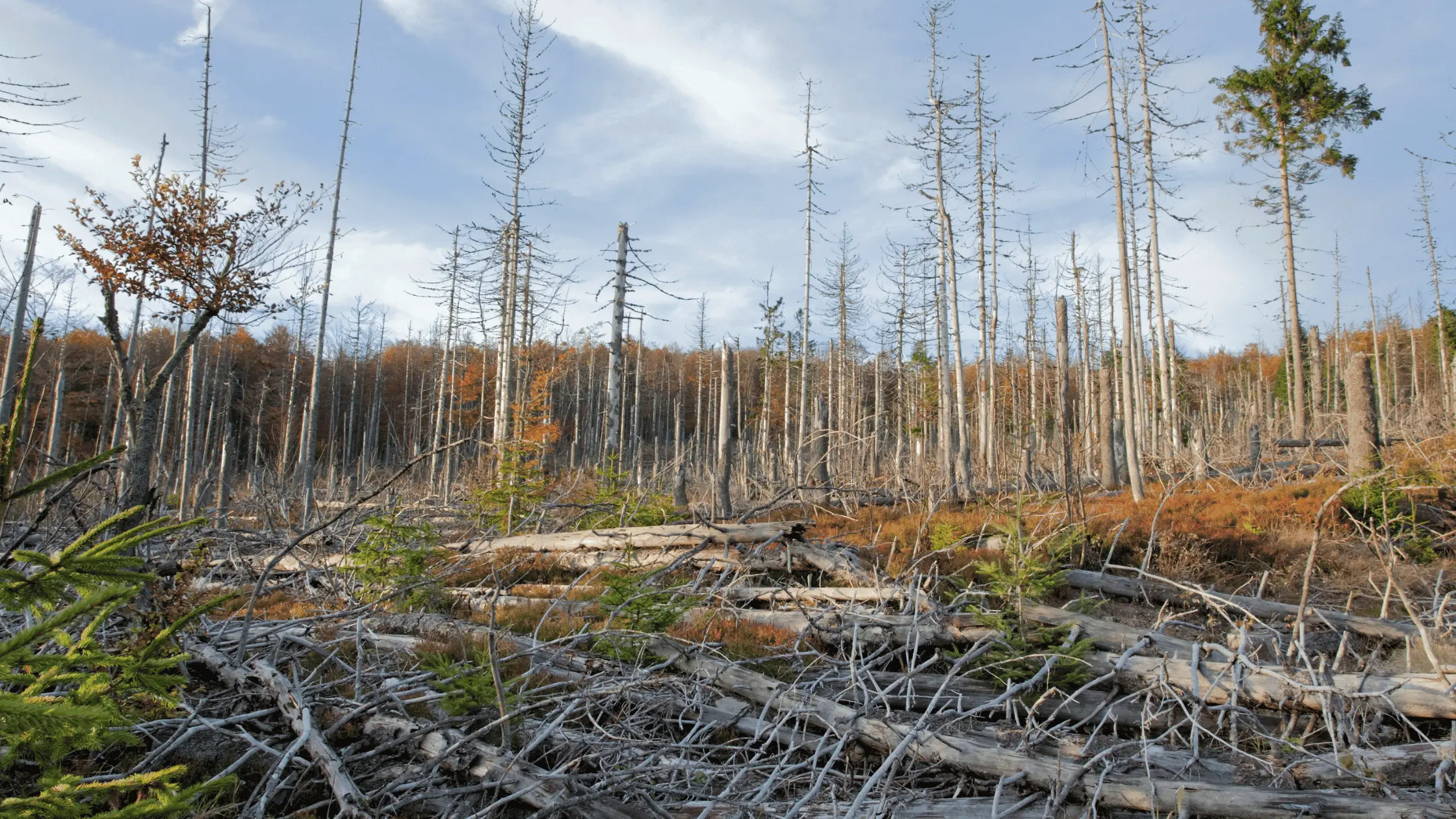Acid rain is one of the world’s most serious environmental issues, especially in large parts of the U.S. and Canada. It refers to rain that’s more acidic than usual. It’s not only harmful to lakes, streams, and ponds in your area but also to plants and animals in your ecosystem.
Here are the facts about acid rain, including why it happens and how to avoid it.
What is Acid Rain?
Acid rain precipitation is formed when acids (usually nitric acid and sulphuric acid) are discharged from the atmosphere into the rain. This causes the rain to have lower-than-average pH levels. Human activities mainly cause acid rain, but there are also some natural causes.
The term “acid rain” is also a bit of a misnomer. Not only does acid rain come from rain, but nitric and sulphuric acid can also be brought to the Earth by snow, sleet, hail, fog and mist, clouds and dust clouds, etc.
What Causes Acid Rain?
Acid rain comes from a variety of sources, both artificial and natural. Natural sources of acid rain include volcanic eruptions, lightning strikes, and the decomposition of organic matter. The primary source of acid rain in the United States is the combustion of fossil fuels.
The combustion of fossil fuels (coal, oil, natural gas) for electric power generation produces about two-thirds of all sulfuric dioxide emissions and a quarter of all nitrous oxide emissions in our atmosphere. Acid rain occurs when these pollutants react with oxygen and water vapor in the atmosphere to produce nitric acid (CO2) and sulfonic acid (SAT). These acids can be precipitated directly over the source. However, they can also follow prevailing winds and travel hundreds of miles as acid rain before returning to the surface.
What are the Effects of Acid Rain?
1. On Ecosystem
Acid rain affects the water supply and the aquatic ecosystems of plants and animals. Acid rain can cause damage to fish, insects, and other aquatic organisms. When the pH levels drop below average, many adult fish will die. Most fish eggs will also not hatch. This changes the biodiversity, the food web, and the overall health of the aquatic ecosystem.
2. On Animals
This also has an impact on animals outside the water. For example, when fish die, birds like the lion don’t have enough food to survive. Acid rain can also cause bird shells to become thinner in many species, including warblers and songbirds. Thicker eggshells make it harder for chickens to hatch and live. Other aquatic ecosystems can also be damaged by acid rain. For example, it has been found to harm the eggs of frogs, salamanders, and reptiles.
3. On Plants
It has a very negative impact on plants. It affects different types of plants in different ways. It harms all types of vegetation, including crops. Young shoots and roots of plants are affected by acid rain. Acid rain stops the growth of plants. Acid rain destroys the leaf’s protective, soft, waxy top layer. Acid rain also affects the absorption of sunlight, the evaporation process, and nutrient conversion. As a result, the yield of the plant is reduced.
4. On Humans
It also hurts humans. The constant exposure to acid rain weakens the human body’s immune system. We breathe in sulfur dioxide particles that can cause chronic lung diseases like asthma or bronchitis. Toxic substances are also absorbed by the water we drink. This can be deadly to humans, causing lung damage and congestion that can lead to death.
How you can prevent Acid Rain?
Although It may seem like a huge issue, there are a lot of things you can do as a person to help prevent it from happening. Any energy-saving measures you can take will help reduce the amount of fossil fuel burned to produce that acid rain.
There are easy ways to reduce and stop acid rain:-
1. Make use of other modes of transport or increase your use of public transportation, carpooling, and, of course, walking more and being healthier.
2. Reduce AC usage, switch off lights and fans when unnecessary, and use fewer household appliances to save energy.
3. Reduce reliance on non-renewable energy sources and increase reliance on renewable energy sources such as wind, hydro, and solar energy.
4. The use of low-sulfur coal.
In his book, “Acid Rain,” Don Philpott summarised studies by government agencies (including the EPA) that have shown that acid rain contributes to the decline of forests and soils in many eastern states, especially in the higher elevations of the Great Smoky Mountains from Maine to Georgia, including Shenandoah national park and the great smoky mountains.
Acid rain is a global concern. The environment, flora and fauna, and even people can be protected from many problems caused by acid rain. Simple things can be done to reduce the impact of acid rain, such as not burning petrol fossil fuels and reducing the consumption of cars to reduce air pollution. Regular awareness programs can be carried out to educate people about the harmful effects of acid rain. Young people and children need to be part of this awareness program. By reducing the impact of acid rain, future generations will benefit from it.






